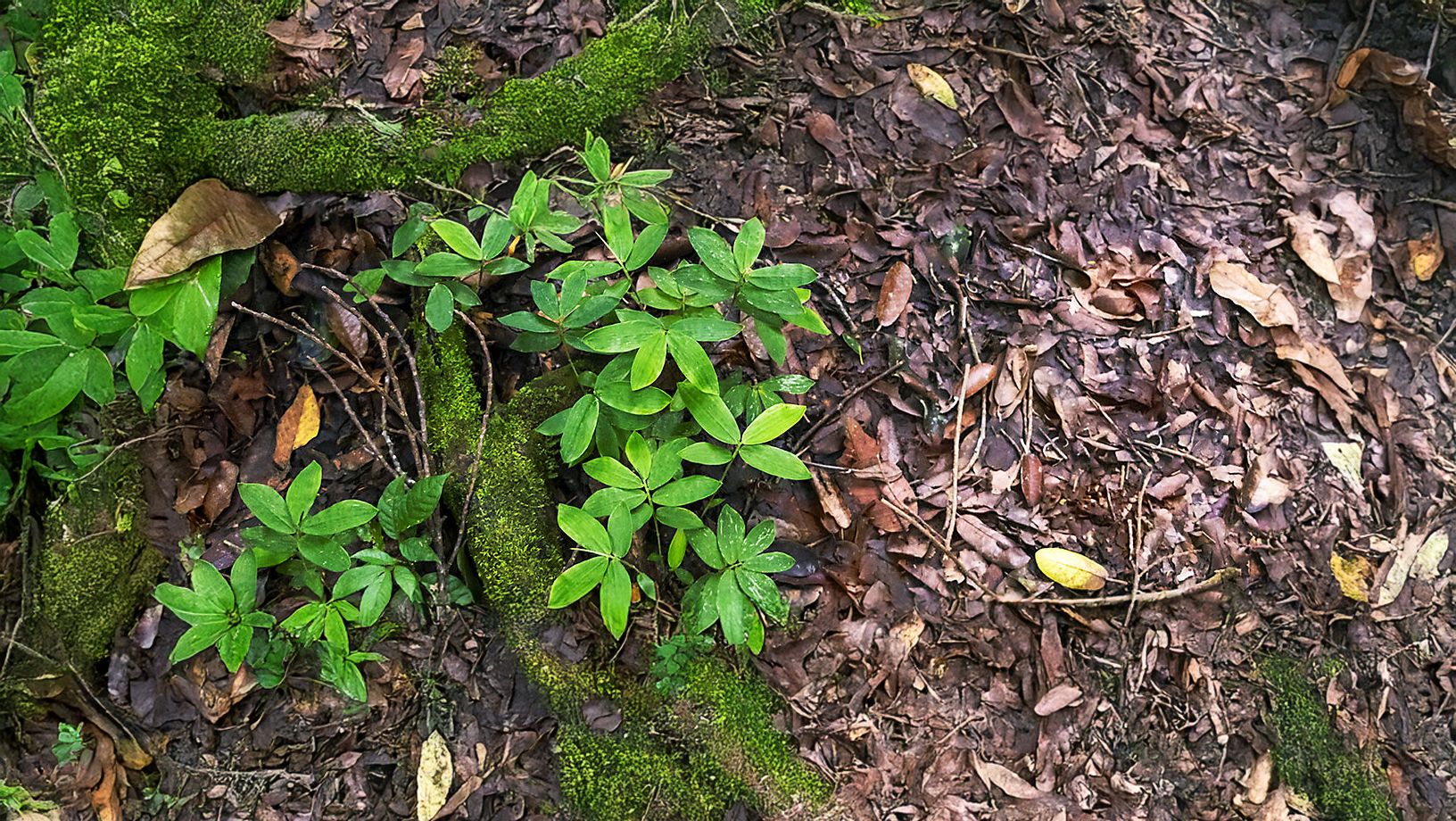How Does a Bioactive Environment Enhance My Reptile’s Home?

In this Article
It is possible – and fun – to build a bioactive environment within your reptile’s enclosed habitat. While not completely self-sustaining, the right components and maintenance work together to maintain a balanced ecosystem.
You can include a variety of living organisms to create a food chain: vertebrates (amphibians or reptiles), invertebrates (arthropods, worms, isopods), plants, and microorganisms/microfauna (bacteria, fungi, etc.). You will also need to replicate the various levels that comprise the ecosystem:
Base Level
Comprised of topsoil, subsoil and a drainage level, the base requires a variety of organic substrate material to mimic the soil profile of the ecosystem you are recreating. Within your enclosed habitat, the combination of substrate materials (soil, bark, mulch, sand, moss) will replicate the topsoil and subsoil layers by including several levels, known as soil horizons:
- Topsoil: An organic, living layer with microorganisms/microfauna and isopods or other invertebrates actively consuming waste or debris made up of partially decayed plant material and animal waste. Plant roots are found here and thrive on this layer’s byproducts.
- Subsoil: This drainage layer consists of minerals such as clay, iron or carbonate
- Drainage level: This lower drainage layer is loose rock on top of coarser, denser rock
These soil horizons are a natural filtration system allowing water to pass through the top layers without taking nutrients away.
Showcase Level
The Showcase level is where your pets call home. Plants and vegetation in this level are rooted and feed off the nutrients within the topsoil. They consume the carbon dioxide exhaled by your pet and from decomposing organic material.
Your pet’s waste is also rich in nitrogen, a very important food source for plants. So as the isopods break down and consume waste, nitrogen is released into the topsoil ready for consumption by plants.
Considerations & Maintenance
Nature is well-balanced and completely self-sustaining; however, a bioactive environment will never be able to achieve that level of sustainability because:
- It can be difficult to determine the appropriate number of animals and plants that can cohabitate without throwing off the delicate balance.
- All bioactive environments are different and require close attention to maintain balance.
To increase your chances of success, follow these guidelines:
- Research the environment you are trying to replicate and select plants that match the soil profile you’re recreating. More information can be found in What Climate Does my Reptile Need?
- Start with organic potting soil so your plants will have the nutrients they need before animal activity can provide them
- Select pets who will thrive within the environment you are creating. Ensure they are consuming appropriate nutrition and producing waste, which is food for your plants and isopods.
- Select a variety of decomposers (isopods, earthworms, spring tails, etc.) to process the waste products.
- Water your plants at a frequency and volume appropriate for your habitat set-up and pet. Overwatering will harm the environment by killing plant roots and flushing out nutrients within the topsoil.
- If possible, build a drain into the bottom of your habitat so you can periodically get rid of accumulated water within the drainage layer. This allows for complete replenishment of nutrients and prevents excess build-up of bacteria or fungi.
- Replant your bioactive environment every 6 months to 1 year to compensate for overexploitation of nutrients.

